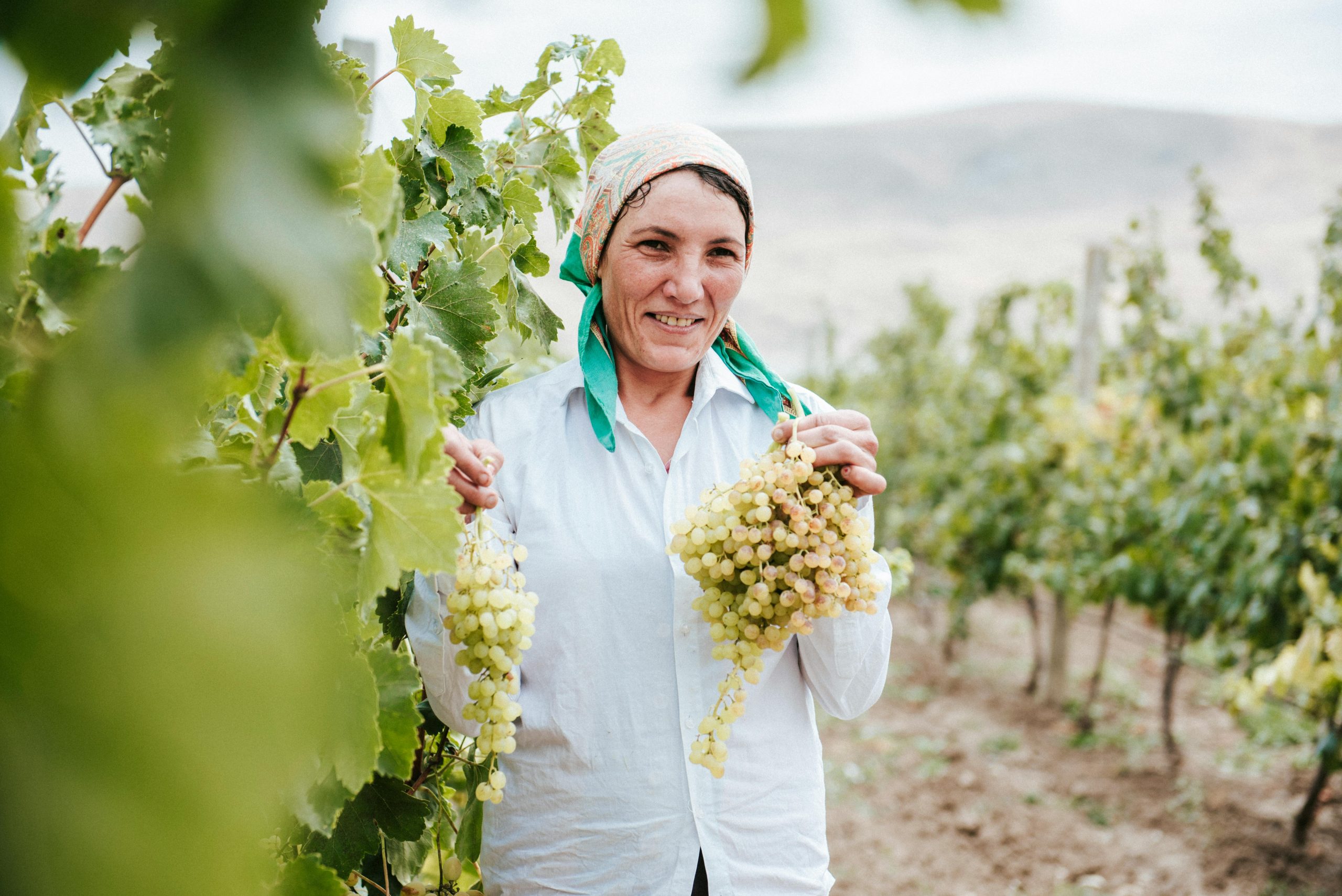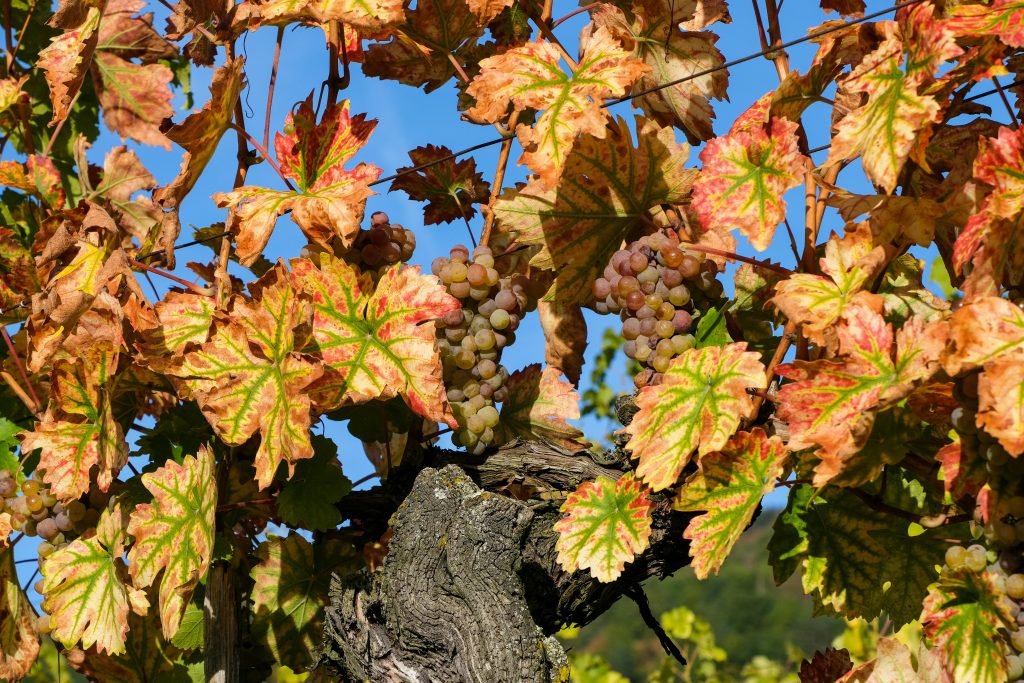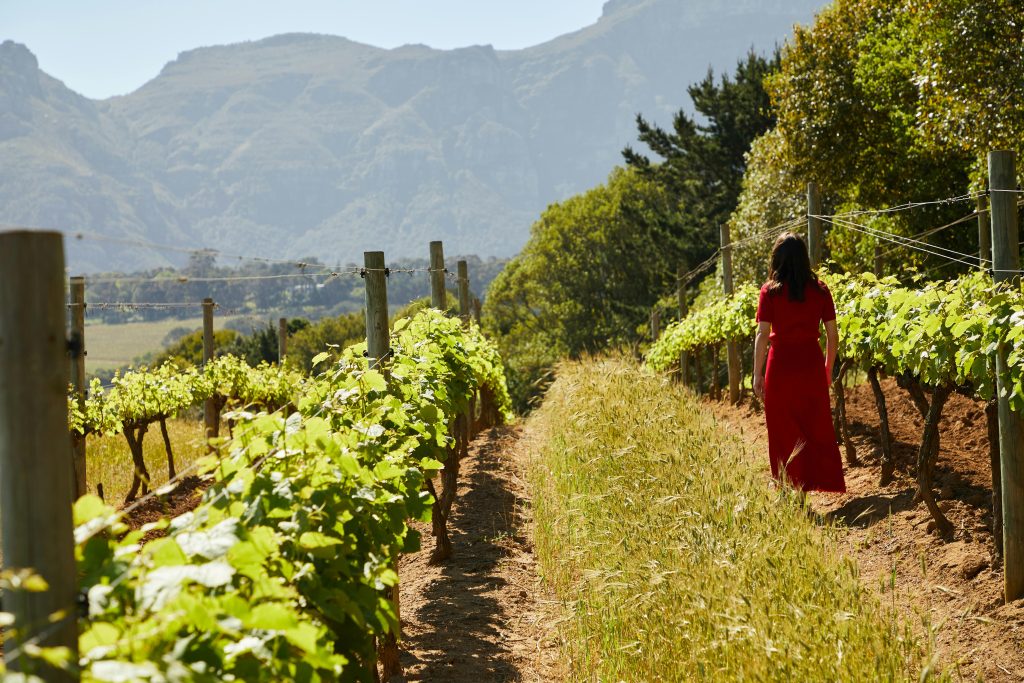
Wine has always been more than just a drink; it’s a story in a bottle. From the moment grapes are planted in the vineyard to that first sip poured at the table, wine has an incredible ability to bring people together. Whether it’s a small family-run vineyard hosting a local tasting or a big community festival where people gather to celebrate the harvest, wine is often the heart of social connection. Let’s explore how local wine not only supports communities but also creates opportunities for people to connect, celebrate, and build lasting traditions.

The Roots of Local Wine: Connecting with the Land
At the heart of every local wine is a vineyard, usually a small plot of land lovingly tended by farmers who have often been in the business for generations. These vineyards aren’t just places where grapes grow—they’re part of the fabric of the community. Local winemakers are custodians of their environment, nurturing the land and protecting the traditions of viticulture.
Take the example of small wineries in places like California’s Sonoma Valley or Tuscany in Italy. These family-run vineyards don’t just produce wine; they tell the story of their region. From the soil to the climate, everything that happens in the vineyard influences the final product, making local wine a true reflection of the land.
Local wine growers often invite their neighbors to visit, offering a chance to walk among the vines, learn about the winemaking process, and even get their hands dirty during harvest season. It’s a hands-on connection with the earth, giving people a deeper appreciation of what it takes to produce a bottle of wine. This kind of involvement turns consumers into participants, fostering a strong bond between the wine and the community.
Wine Festivals: A Celebration of Togetherness
Nothing brings people together quite like a wine festival. These gatherings are about more than just tasting different vintages; they’re a celebration of local culture, food, music, and tradition. Small towns and villages often organize these festivals to mark the end of the grape harvest, a tradition that has been celebrated for centuries in many wine-producing regions.
Take Spain’s famous La Rioja Wine Harvest Festival or France’s Beaujolais Nouveau celebrations. People from all walks of life come together to drink, eat, dance, and enjoy the fruits of their local vineyards. It’s not just about the wine itself but about the shared experience of the harvest, the hard work, and the joy of a successful growing season.
These events bring a sense of pride to local communities, as the wine represents the labor and dedication of the people who live there. Even visitors feel like part of the community, welcomed into the celebration with open arms and full glasses. Plus, local artisans, chefs, and musicians often get involved, turning these festivals into a showcase of regional talent, food, and culture.
Wine Tasting: A Social Ritual
Local wine tastings are a fantastic way to gather friends, neighbors, and even strangers around a shared love of wine. Whether it’s a cozy gathering at a winery’s tasting room or an outdoor event at a communities fair, wine tastings offer people the chance to slow down, engage in conversation, and learn something new.
Winemakers often take the lead during these tastings, sharing stories about the wine’s production, the vineyard’s history, and even personal anecdotes. This creates a personal connection between the winemaker and the wine drinker, transforming what might have been a simple beverage into something with much more meaning.
These events also foster a sense of community. There’s something about sitting down with a glass of wine, learning about its origins, and sharing thoughts with others that naturally brings people closer. Whether you’re a wine connoisseur or a complete novice, everyone can find common ground over a good bottle.

Supporting Local Economies: Wine as a Community Builder
Buying local wine doesn’t just mean enjoying a fresh, delicious bottle—it’s also about supporting the communities. When you purchase wine from a nearby vineyard, your money goes directly to the farmers, winemakers, and local businesses that help produce it. This keeps the local economy thriving and ensures that small, family-owned vineyards can continue to grow.
But the impact of local wine extends beyond just the winemaker. Local restaurants, for example, often showcase wines from nearby vineyards on their menus, encouraging guests to explore regional flavors. This creates a symbiotic relationship where both the restaurant and the vineyard benefit. Similarly, local shops and markets that stock wine from the area help build a sense of community pride, as people feel more connected to the products made right in their backyard.
Many wineries also engage in community outreach, sponsoring events, supporting local charities, and providing educational tours for schools and community groups. In doing so, they become integral parts of the community, giving back and ensuring that their region remains a vibrant place to live and visit.
Wine and Food Pairings: A Culinary Adventure
Wine is meant to be enjoyed with food, and local wine often pairs beautifully with local cuisine. Whether it’s a rich red wine served with a hearty stew in a small village in France or a crisp white wine enjoyed with fresh seafood in a coastal town, the combination of local wine and food can be a magical experience.
Restaurants and local chefs play a huge role in promoting local wine, often designing entire menus around regional varietals. This not only enhances the dining experience but also deepens the connection between the diner and the local wine culture. It’s a way for people to experience the flavors of a region, creating memories that tie them to a particular place.
For communities, this connection between wine and food helps to preserve cultural traditions. Wine and food festivals, where local chefs team up with winemakers, are increasingly popular, drawing visitors from far and wide. These events are as much about the social experience as they are about the food and drink, offering a chance to learn, taste, and celebrate together.

Creating New Traditions
One of the most beautiful aspects of local wine is its ability to inspire new traditions. Whether it’s a family gathering to celebrate a special occasion or a group of friends coming together for a wine-tasting weekend, local wine helps create moments that are cherished for years to come.
In many communities, visiting local vineyards has become a yearly tradition, something that families pass down through generations. These trips become more than just about wine—they’re about bonding, sharing stories, and making memories. Whether it’s the annual grape harvest, a special bottle opened on a party, or a weekend escape to wine country, local wine creates traditions that last.
Conclusion: The Power of Local Wine
From the vine to the table, local wine has a unique way of bringing people together. It connects us to the land, to the people who produce it, and to each other. Whether it’s through a community festival, a quiet evening with friends, or a family tradition, local wine fosters a sense of belonging and togetherness. It supports local communities, economies, celebrates regional cultures, and, perhaps most importantly, gives us a reason to slow down, raise a glass, and appreciate the simple pleasures in life.
So the next time you sip a glass of wine, take a moment to think about where it came from. Somewhere, there’s a community that worked hard to bring that wine to your table—and by enjoying it, you become part of that story, too.